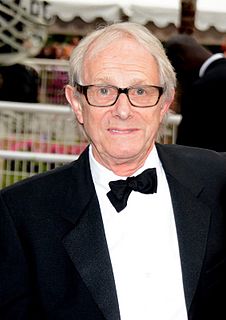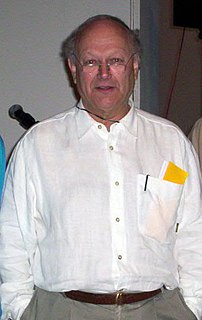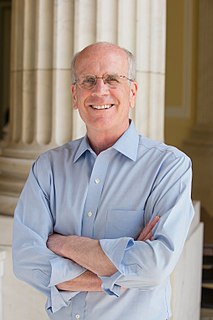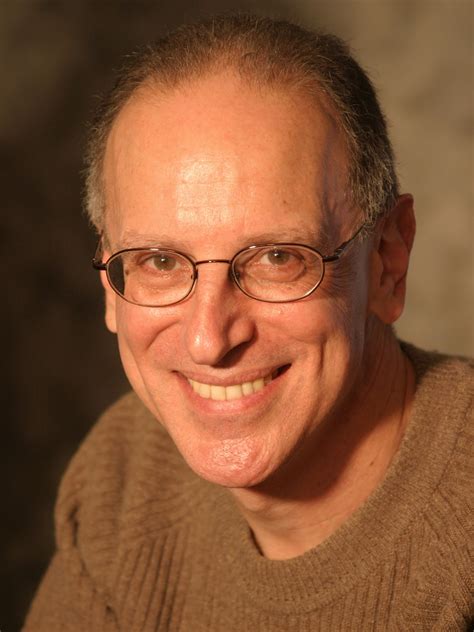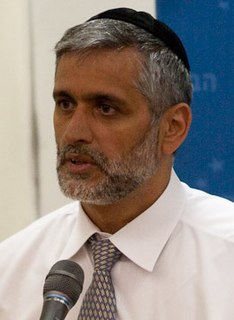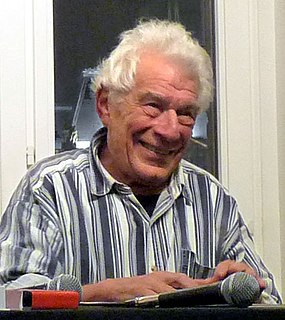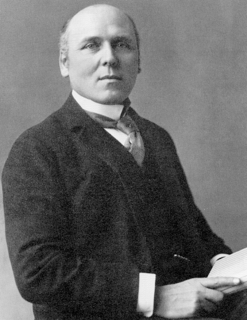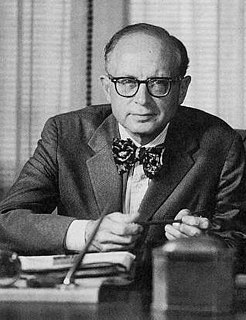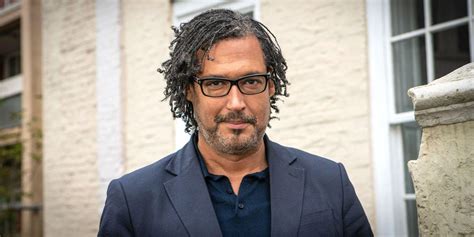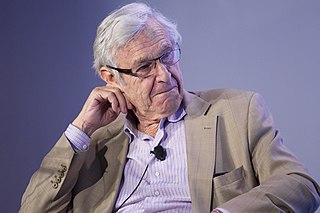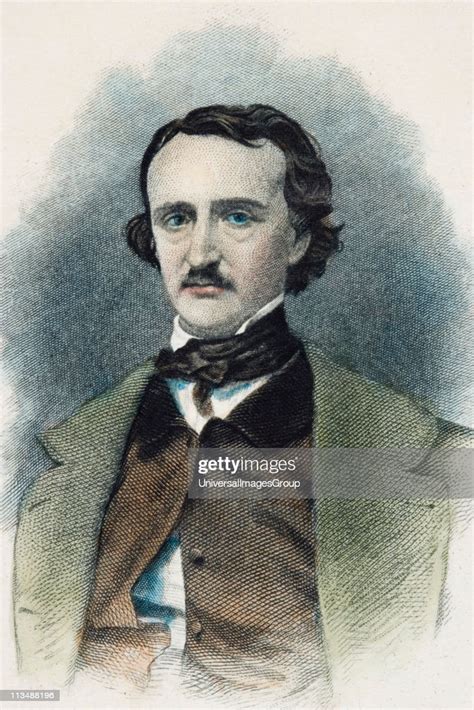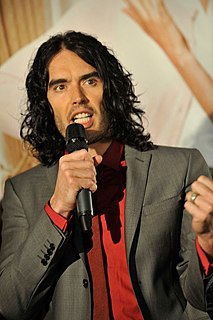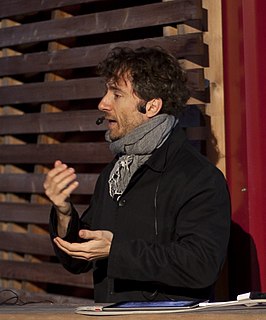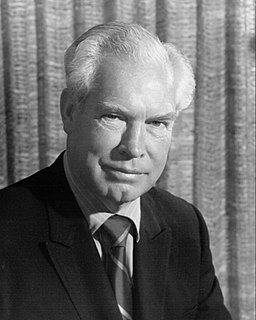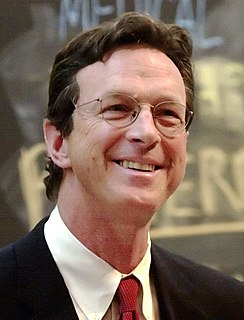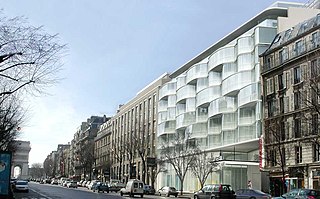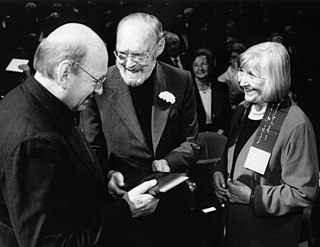Top 1200 Old Buildings Quotes & Sayings - Page 2
Explore popular Old Buildings quotes.
Last updated on December 18, 2024.
Everyone must be clear that business as usual is not an option. Most of us live in buildings erected long before we were born and our successors will have to live with the environmental consequences of the buildings we construct today. It is vital that we minimise harmful impacts for those who come after us
I graduated from Wesleyan University with a B.A. in art. I was really headed toward an architecture degree, but when I did the requirements for the major, I realized I was more interested in how people live in buildings than in making buildings. I was more interested in the interactions that happened inside the structures.
I'm afraid what we are building today will not have the same impact and sustainability of the architecture of a 100, 500 or 1,000 years ago. The buildings of those days were miracles. We don't perform such miracles today. So we should be a little more modest. For my part, I'll be glad to show one of my buildings one day to my grandchildren and say: I'm proud of that.
Architects design buildings; that's what we do, so we have to go with the flow; and, even though I'm still an old Leftie, global capitalism does have its good side. It's broken down barriers - the Berlin Wall, the Soviet Union - it's raised a lot of people up economically, and for architects, it has meant that we can work around the world.
I'm very interested in buildings that adapt to changes in climatic conditions according to the seasons, buildings capable of responding to our physical and psychological needs in the way that clothing does. We don't turn on the air-conditioning as we walk through the streets in high summer. Instead, we change the character of the clothing by which we are protected. Layering and changeability: this is the key.
The Gobi is in many ways like the old American West, filled with abandoned hamlets and buildings, traces of disappeared peoples. Across its oceanic blond grass, horses and the black silhouettes of camels move languidly, as if they are the only inhabitants. Ancient Turkic nomads left enigmatic petroglyphs carved into boulders 2,000 years ago.
When the old way of seeing was displaced, a hollowness came into architecture. Our buildings show a constant effort to fill that void, to recapture that sense of life which was once to be found in any house or shed. Yet the sense of place is not to be recovered through any attitude, device, or style, but through the principles of pattern, spirit, and context.
The heart of Paris is like nothing so much as the unending interior of a house. Buildings become furniture, courtyards become carpets and arrases, the streets are like galleries, the boulevards conservatories. It is a house, one or two centuries old, rich, bourgeois, distinguished. The only way of going out, or shutting the door behind you, is to leave the centre.
Geometry is of much assistance in architecture, and in particular it teaches us the use of the rule and compasses, by which especially we acquire readiness in making plans for buildings in their grounds, and rightly apply the square, the level, and the plummet. By means of optics the light in buildings can be drawn from fixed quarters of the sky. Difficult questions involving symmetry are solved by means of geometrical theories and methods.
While the focus in the landscape of Old World cities was commonly government structures, churches, or the residences of rulers, the landscape and the skyline of American cities have boasted their hotels, department stores, office buildings, apartments, and skyscrapers. In this grandeur, Americans have expressed their Booster Pride, their hopes for visitors and new settlers, and customers, for thriving commerce and industry.
Public buildings, built from the rates and taxes paid by past generations, are being auctioned off by impoverished councils who need the money to pay the redundancies of workers they can no longer afford to employ. Many of these grand Victorian buildings will be turned into flats that most people will never be able to afford.
I believe very much in a dialogue between buildings - I believe it's always been there. I think buildings have different identities and live very well next to each other. We always have the shock of the new, and that's fine. The renaissance style is totally different from the medieval, and they have a dialogue across time.
Our cities with their swollen populations and cliff dwelling high-rise buildings are breeding places for loneliness. Neighborhoods crumble under the housing development bulldozers and families scatter in pursuit of jobs and professions everywhere. In a world of wheels, old and comfortable groupings of people have disappeared.
The Last American Man by Elizabeth Gilbert... I don't live inside buildings because buildings are dead places where nothing grows, where water doesn't flow, and where life stops. I don't want to live in a dead place. People say that I don't live in a real world, but it's modern Americans who live in a fake world, because they have stepped outside the natural circle of life.
When I started studying architecture, people would say, you know, 'Can you tell me why are all modern buildings so boring?' Because, like, people had this idea that in the good old days, architecture had, like, ornament and little towers and spires and gargoyles, and today, it just becomes very practical.
As the Ambassador for WWF Earth Hour, I still vividly remember that there were only 80 buildings in China that participated the Earth Hour in its first year. Six years later, there were 170 cities and thousands of buildings that participated. We are still growing strong. I am encouraged by the accomplishments we have made together and they make me proud and more determined than ever.
I graduated from Wesleyan University with a b.a. in art. I was really headed toward an architecture degree, but when I did the requirements for the major, I realized I was more interested in how people live in buildings than in making buildings. I was more interested in the interactions that happened inside the structures. So I got an art degree as a default position.
Face the facts, all these environmental organizations are thirty, forty, fifty years old. They have big buildings, big obligations, big staffs. They may trade on their youthful dreams, but the truth is, they're now part of the establishment. And the establishment works to preserve the status quo. It just does.
Buildings are seldom just buildings in downtown Chicago, they are Examples, and not a city on Earth, I swear, is as knowledgeably preoccupied with architectural meaning. Where else would a department store include in its advertisements the name of the architect who created it, or a newspaper property section throw in a scholarly exposition of theoretical design?
In China I told pastors about how, in the West, we have these church buildings and how we go to services each week that last an hour or so. I told them how if we don't like the music or the message then we can go to different buildings and services... They all broke out into laughter. They thought I was the funniest guy they had ever seen.
When you travel, you can see lots of great buildings and monuments and stuff, but the best part of traveling is meeting people as you go. Those are the people who made the places you go to anyway. All my memories of traveling - yeah, there are some buildings or landscapes that I'll always remember - but I still think I remember the people I meet more than any of that.
It is not possible to make great buildings, or great towns, beautiful places, places where you feel yourself, places where you feel alive, except by following this way. And, as you will see, this way will lead anyone who looks for it to buildings which are themselves as ancient in their form, as the trees and hills, and as our faces are.
As time went by we developed a sort of ideology without ever formulating it as such. I've always said that we are documenting the sacred buildings of Calvinism. Calvinism rejects all forms of art and therefore never developed its own architecture. The buildings we photograph originate directly from this purely economical thinking.


